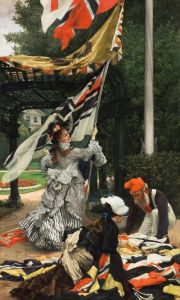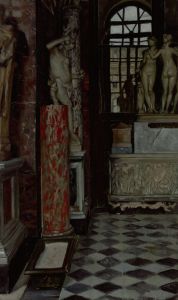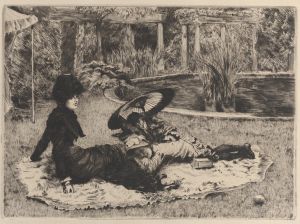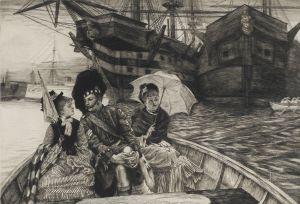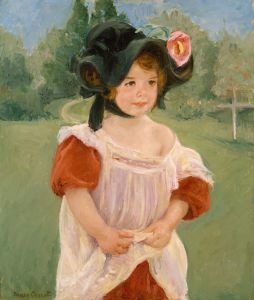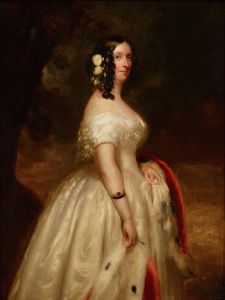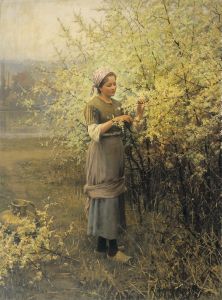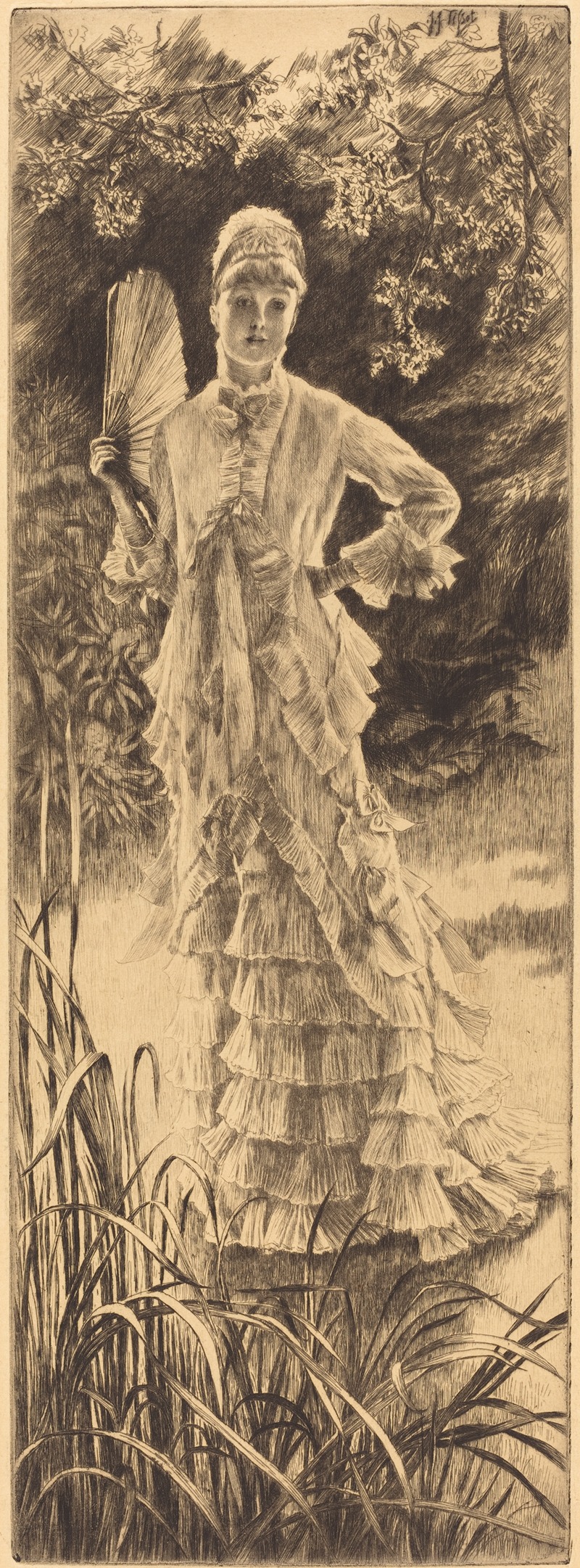
Spring
A hand-painted replica of James Tissot’s masterpiece Spring, meticulously crafted by professional artists to capture the true essence of the original. Each piece is created with museum-quality canvas and rare mineral pigments, carefully painted by experienced artists with delicate brushstrokes and rich, layered colors to perfectly recreate the texture of the original artwork. Unlike machine-printed reproductions, this hand-painted version brings the painting to life, infused with the artist’s emotions and skill in every stroke. Whether for personal collection or home decoration, it instantly elevates the artistic atmosphere of any space.
James Tissot, a French painter known for his detailed and fashionable depictions of contemporary life, created the painting "Spring" during the late 19th century. Tissot, whose full name was Jacques Joseph Tissot, was born on October 15, 1836, in Nantes, France. He initially studied at the École des Beaux-Arts in Paris and became associated with the Parisian art scene, where he developed a reputation for his genre paintings and portraits.
"Spring" is one of Tissot's works that exemplifies his keen interest in capturing the nuances of modern life and fashion. Although specific details about the painting "Spring" are limited, it is consistent with Tissot's style to feature elegantly dressed figures, often women, in settings that highlight the beauty and sophistication of the era. His works frequently reflect the influence of Japanese art, which was popular in Europe at the time, as well as the precision and detail characteristic of the academic art tradition.
Tissot's paintings are noted for their narrative quality, often suggesting stories or moments captured in time. This narrative aspect is achieved through his meticulous attention to detail, the use of vibrant colors, and the careful composition of his scenes. In "Spring," as in many of his other works, Tissot likely employed these techniques to convey a sense of the season's renewal and beauty, possibly through the depiction of a garden or outdoor setting, which was a common theme in his oeuvre.
Throughout his career, Tissot's work was well-received, and he enjoyed considerable success both in France and England. After the Franco-Prussian War, Tissot moved to London, where he continued to paint and gained further acclaim. His time in England was marked by a shift in his subject matter, focusing more on the social lives of the British upper class, which may have influenced the themes and settings of paintings like "Spring."
Tissot's work, including "Spring," is characterized by its blend of realism and idealism, capturing the elegance and charm of the late 19th century. His paintings often serve as a window into the fashion and social customs of the time, making them valuable historical documents as well as works of art.
In summary, while specific details about the painting "Spring" by James Tissot are scarce, it is representative of his broader body of work, which is celebrated for its detailed depiction of contemporary life, fashion, and the subtle narratives woven into each scene. Tissot's legacy as an artist lies in his ability to capture the spirit of his age with precision and elegance, making his paintings enduringly popular and significant in the study of 19th-century art.






